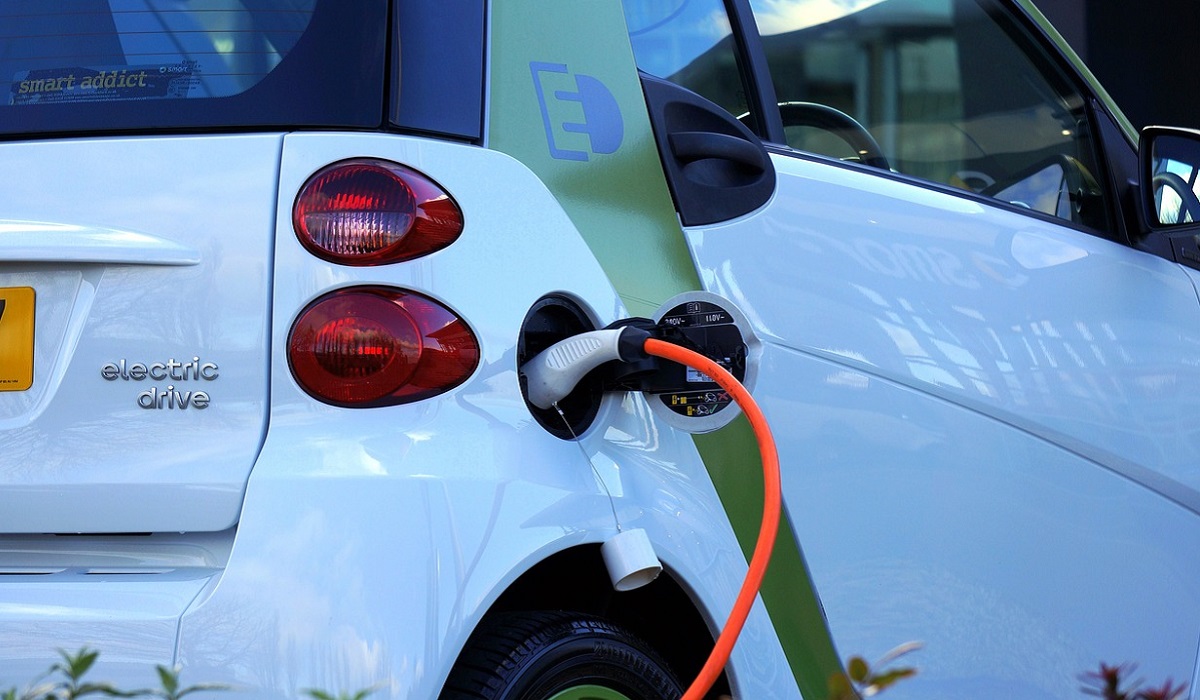Electric vehicles (EVs) and internal combustion engine vehicles (ICEVs) are two different types of vehicles with distinct differences. As you can tell from the names, the main differences between them are in the types of propulsion system in use – the engine. One uses an electric motor powered by a battery; the other uses an engine that burns fossil fuel.
Beyond that, while they share a number of features that are common to all road vehicles, including steering, suspension, shock absorbers, springs, wheels, tires, brakes, air conditioning and heating, navigation, airbags, ABS, and other safety features, there are other differences in how EV and ICEV work.

The main differences between EV and ICEV
- Power Source: The main difference between EVs and ICEVs is their power source. EVs are powered by electricity stored in a battery, while ICEVs are powered by gasoline or diesel fuel.
- Emissions: EVs produce zero emissions at the tailpipe, while ICEVs produce emissions that contribute to air pollution and climate change. This makes EVs more environmentally friendly. ICEVs emit pollutants like carbon dioxide, nitrogen oxides, and particulate matter, contributing to air pollution and climate change.
- Fuel Efficiency: EVs are more fuel-efficient than ICEVs, as they convert more of the energy stored in their battery into motion. ICEVs waste a significant amount of energy as heat and noise.
- Maintenance: EVs require less maintenance than ICEVs, as they have fewer moving parts and do not require oil changes or other regular maintenance associated with ICEVs.
- Driving Experience: EVs provide a quieter and smoother driving experience than ICEVs, as they do not have the noise and vibration associated with an internal combustion engine.
- Gear System: While ICEVs have gear systems that range from 3 steps to 8 steps, most EVs have only one gear.
- Range: EVs have a limited range compared to ICEVs, as their batteries need to be recharged periodically. ICEVs can be refueled quickly and have a longer range.
- Cost: EVs can be more expensive than ICEVs, although the cost is decreasing as battery technology improves and production scales up.
EVs are relatively new to many car owners and road users, but they will become more and more popular as they gain acceptance. For now, both EVs and ICEVs will continue to share our roads, but eventually, ICEVs will give way and become history. It is only a matter of time.
Already some countries have announced dates beyond which they will not sell ICEVs. In Strasbourg, France, this year, the European Union (EU) voted to place a ban on the sale of any new ICEVs in the 27-nation bloc from 2035. many car makers will definitely shift more of their production to EVs before that date.
Because it doesn’t produce the power in the vehicle. It produces the power in a powerplant over the horizon.
That’s sort of like saying, “Coca-Cola has no calories in its water,” or “Whiskey has no alcohol in its ingredients list.”
It would be far more intellectually honest to compare the emissions per mile traveled of ICEV vs emissions produced at the power plant measured per traveled mile for EVs.